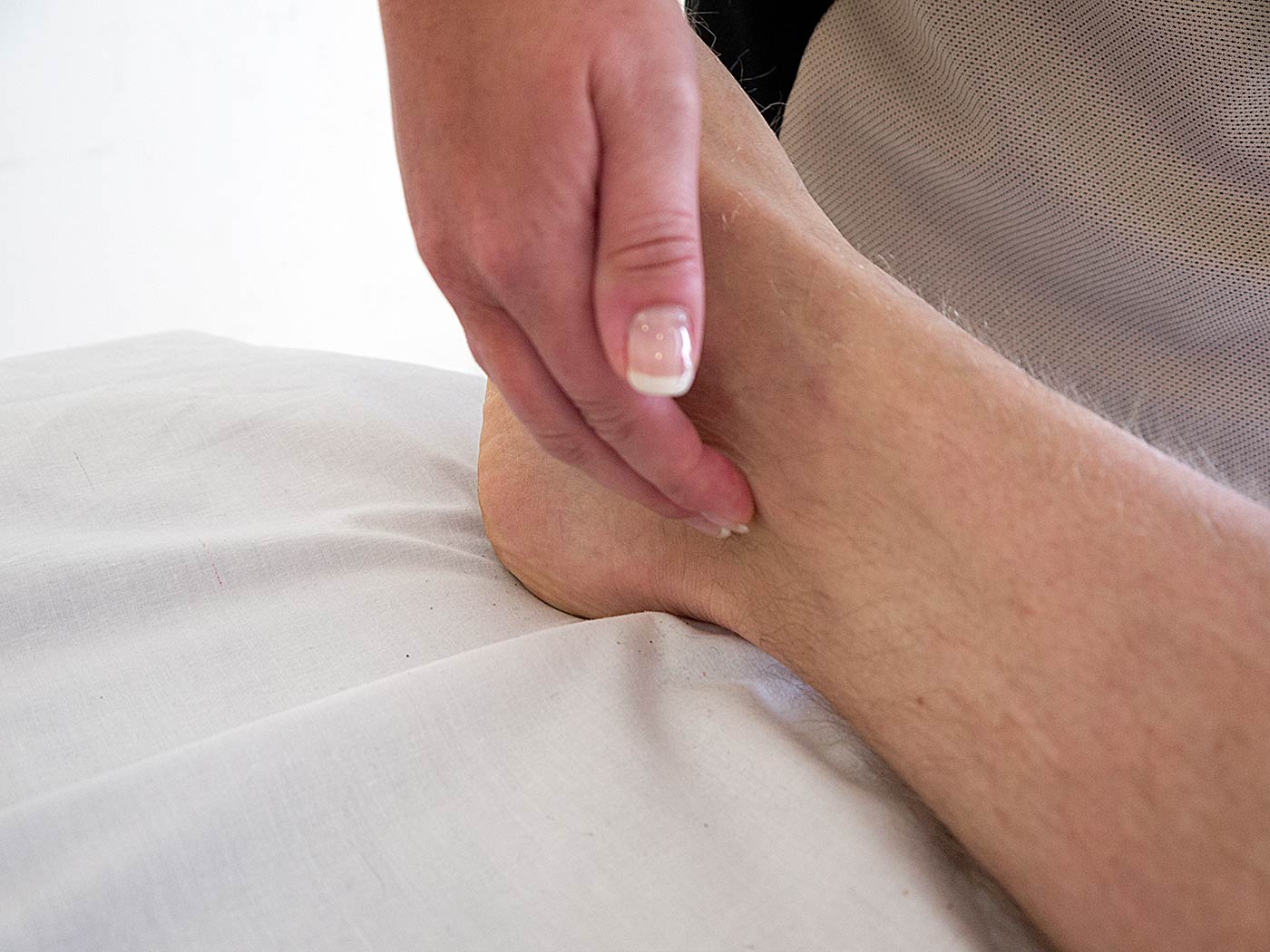[Download 31+] Download Posterior Tibial Pulses Png vector
Download Posterior Tibial Pulses PNG. The posterior tibial pulse can be felt by placing two fingers, usually the index and middle fingers, slightly above and toward the front of the rounded and bony part of the inside ankle joint. The tibialis posterior is the most central of all the leg muscles, and is located in the deep posterior compartment of the leg.

Posterior tibial tendon dysfunction or pttd is a dysfunction, or weakness of the posterior tibialis muscle, resulting in a fallen arch, or flat feet.
Learn about posterior tibial pulse with free interactive flashcards. This muscle is located between the two bones fibula and tibia in the lower leg and descends down to connect with the various other bones through the ankle. The tibialis posterior is the most central of all the leg muscles, and is located in the deep posterior compartment of the leg. As a result, the tendon may not be able to provide stability and support for the arch of the foot, resulting in flatfoot.
Comments
Post a Comment